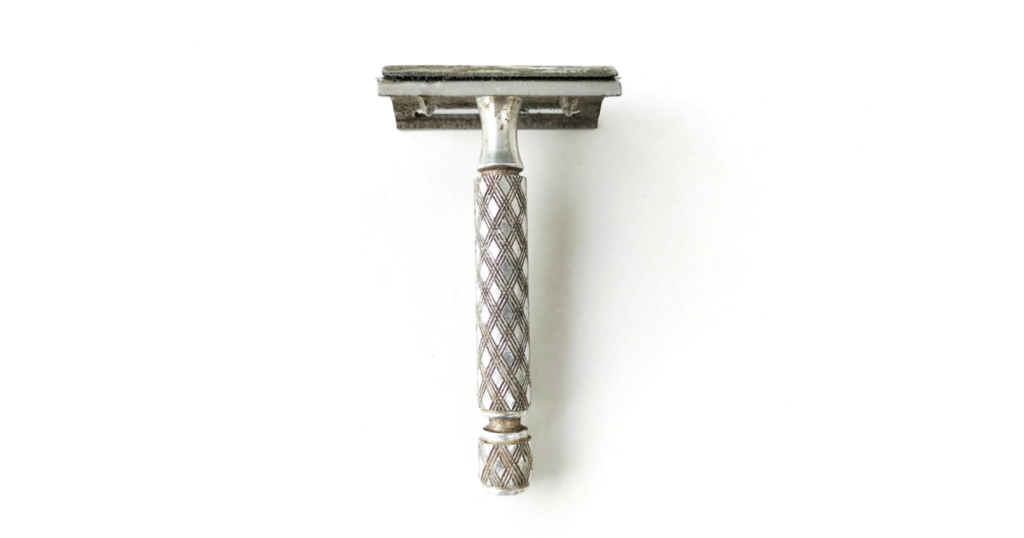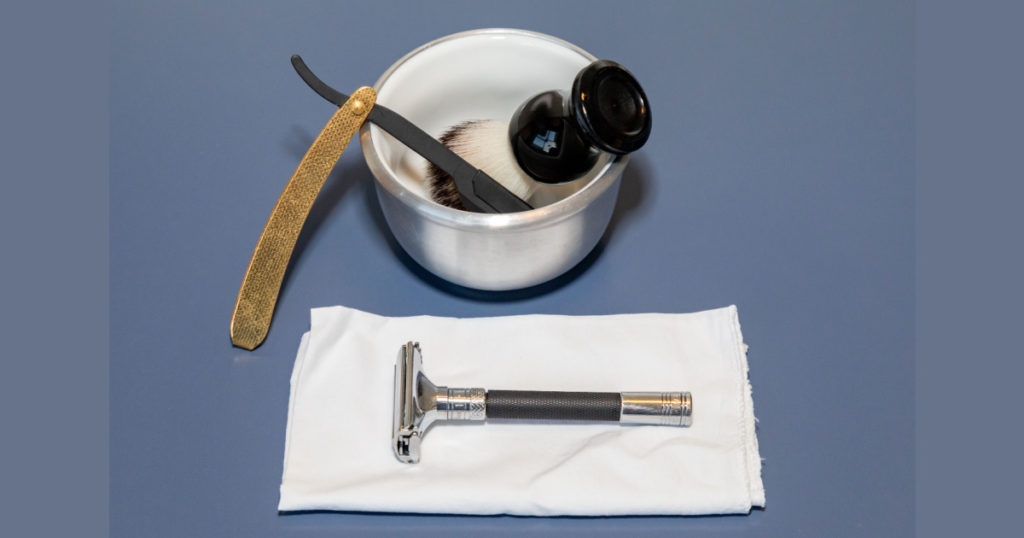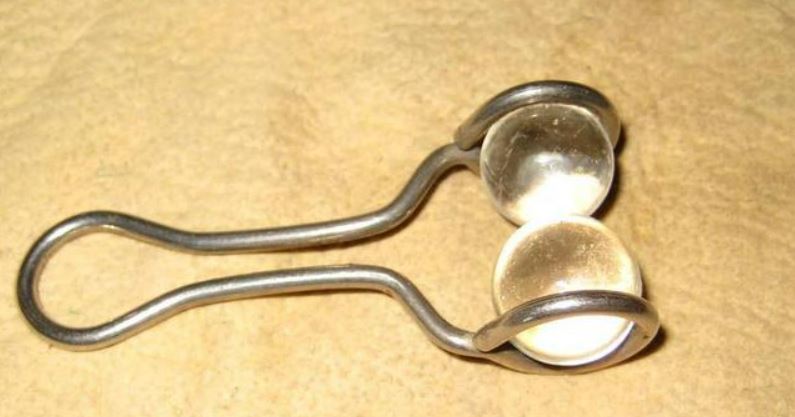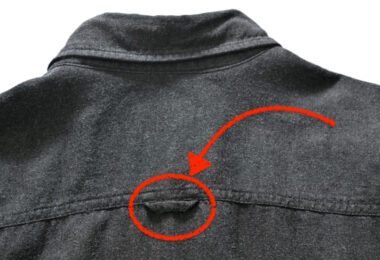One of the most exciting things about moving into an old house is the possibility of discovering something new.
People have found many intriguing objects hidden in their walls, floors, basements, or attics. One unusual antique item was found in a residence that was 100 years old.
An old marble razor blade sharpener that looks better than it should.
Confused by a Toy
This ancient artifact appears to be a well-liked kids’ toy from the 1960s and 1970s based on its appearance. It’s been misidentified by some as “Clackers.” The object’s real origins have thus been the subject of significant debate. However, the clackers were made of thread and plastic acrylic balls. Meanwhile, the antique object consists of two glass marbles attached to a wooden or metal base and a steel rod.
So what’s the need for the old-fashioned razor blade sharpener? It was a razor blade sharpening instrument from the 1930s, as the name would imply. The intricate design of the antique relic shows the level of competence with which handcrafted things were manufactured throughout the time, even if not much seems to be known about its past. A beautiful reminder of things that are uncommon in today’s world.
Several Shaving Phases

Shaving has been done in a variety of ways throughout history. Razors have changed over time, starting with shark teeth and clam shells to big, cumbersome metal objects packed in adorable little kits to disposable razors with four or five blades and electric razors. Most men and women today participate in activities that were once seen to be a status and wealth symbol.
Historians claim that shaving’s history dates back to at least 4000 BCE. In reality, drawings found in caves show people shaving with pointed flint and shells. In addition, razors found in Egyptian tombs are composed of solid gold and copper.
With the growing popularity of shaving, creative designs have included safety and accuracy features by adding many blades to a single razor.
Taking on a Crucial Role

Even though it seems outdated, the vintage marble razor blade is nevertheless a highly practical and fashionable instrument to carry about. They are still helpful today for sharpening razor blades and knives with straight edges.
Not only is it incredibly easy to use, but unlike modern sharpeners that may often become jagged and prickly, the razor sharpener stays polished throughout, giving an equal sharpening. Just rub the blade between the two marbles a few times to keep the blades and razors sharp.
Surprisingly, this relic also appeals greatly to historians and antique enthusiasts who cherish the well-crafted tools of the past. Despite the lack of information, several Reddit users have reported discovering the ancient marble razor blade sharpener in old crates in the garage, among other locations. Many have asked questions about it, and the responses have been instructive, if not occasionally funny.

“This one, I recognized! During the Great Depression, when he was younger, my grandfather told me tales of going door to door to sell them. They are completely useless, but he promised to have a new blade palmed, ask the buyer for one of their old blades to demonstrate, and then quickly leave after making a sale by switching out the old blade for the new one. Someone remarked.
“We refer to it as a Kenberry knife sharpener. I can only locate one image that supports it. Since they weren’t very effective, many individuals had them lying around and used them for other purposes. said one more.
In the meantime, someone thought of another application for the tool. “Not a sharpener for razor blades. It serves as a dish towel holder. It attaches to a cupboard handle. The towel is easy to put on and take off. It belonged to my granny. In the 1960s, she used to sell them at her grocery shop next to the dish towels.
Identifying the tool’s exact use might be difficult considering how old it is. Either way, it’s a gorgeous piece of handcrafted history that makes for an interesting conversation starter, if nothing else.








Leave a Comment